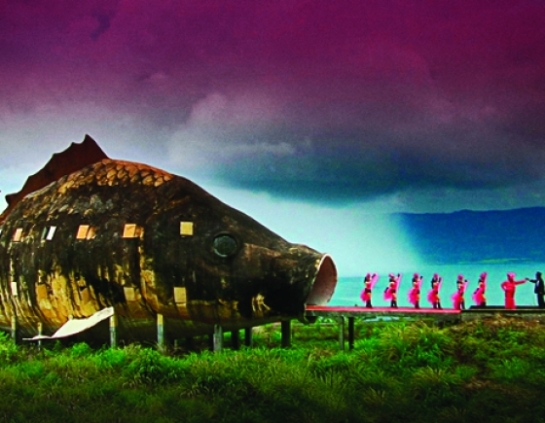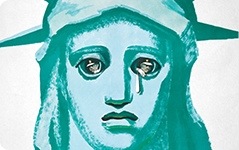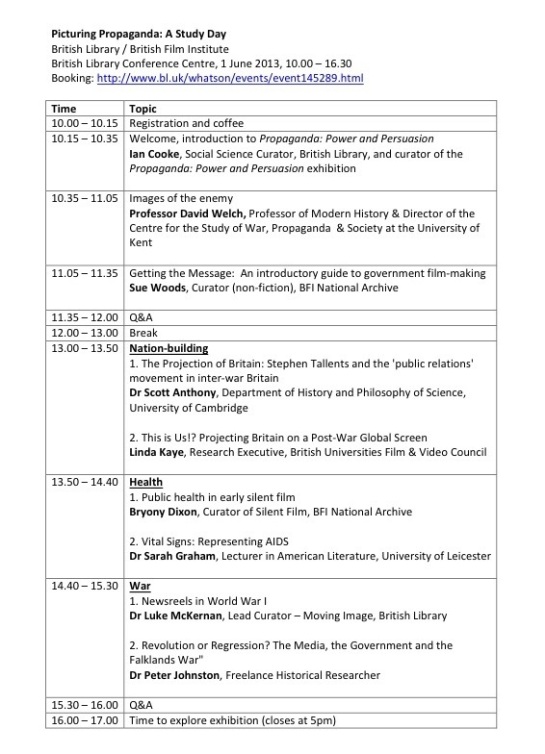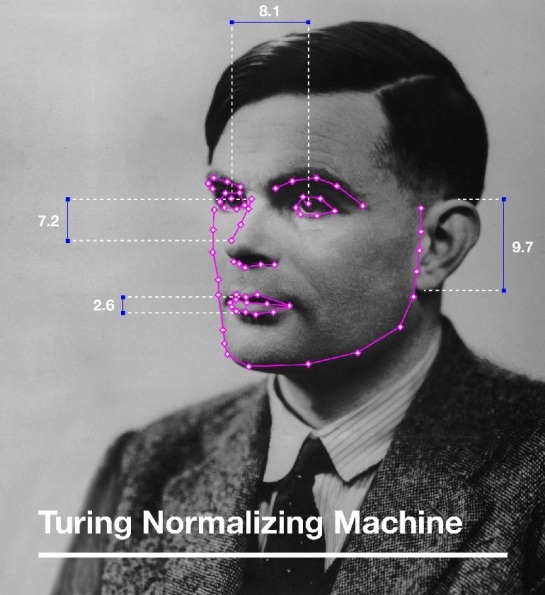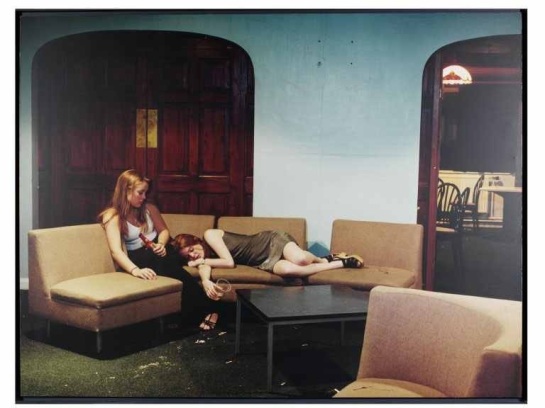2013 HANNAH ARENDT PRIZE
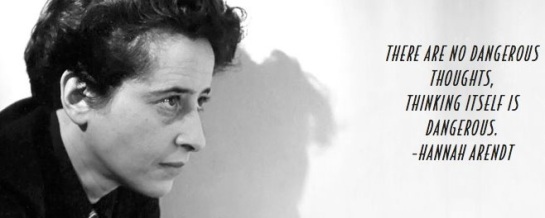
Photograph of Hannah Arendt, NYC, 1944. Courtesy of the Estate of Fred Stein (fredstein.com)
THE HANNAH ARENDT PRIZE IN CRITICAL THEORY AND CREATIVE RESEARCH: CALL FOR SUBMISSIONS
Original Writing on Critical Theory and Creative Research
Award presented by the MA in Critical Theory and Creative Research Program
Entry submission: essay of 1,500 words or less
Application deadline: Friday, May 31, 2013
Theme: On Art and Disobedience; Or, What Is an Intervention?
Cash award: 5,000 USD
Winner announced by Saturday, August 31, 2013
Please note that essays over the limit will be disqualified.
The Hannah Arendt Prize in Critical Theory and Creative Research is an annual competition for those interested in the juncture of art and creative research and in the principles at the heart of the arts and humanities, including sense-based intelligence; the reality of singular, nonrepeatable phenomena; ethical vision; and consilience between inner and outer, nature and reason, thought and experience, subject and object, self and world.
Application for the prize is open to the general public. Download the PDF application and email the completed application and the essay (in a .doc or .pdf format) to ctcrprize@pnca.edu.
Explication of theme:
“To disobey in order to take action is the byword of all creative spirits. The history of human progress amounts to a series of Promethean acts. But autonomy is also attained in the daily workings of individual lives by means of many small Promethean disobediences, at once clever, well thought out, and patiently pursued, so subtle at times as to avoid punishment entirely. All that remains in such a case is an equivocal, diluted form of guilt. I would say that there is good reason to study the dynamics of disobedience, the spark behind all knowledge.”
—Gaston Bachelard, Fragments of a Poetics of Fire
Intervention is an omnipresent if not ubiquitous word in contemporary discourse, but what forms does it take in the age of genetic engineering and real-time media? Is the concept a decoy or distraction in the face of futility? A cover or compensation for hopeless battles and set-ups? Is it simply working to slow down the Inevitable, a notion that in and of itself works as a major obstacle to critical thought and action? Or is it something more serious, more durable, and more dangerous? What is the relation of critique and intervention, theory and practice? And what role does art play in what Bachelard called “creative disobedience,” acts of Prometheanism “so subtle at times as to avoid punishment entirely”? Might art now comprise one of the last forms of political stealth, working in increasingly sophisticated time-based ways? What kinds of thought and action are powerful and compelling interventions today, whether one-off spectacles, sabots, monkey wrenches, sleepers, gummy bears, or Trojan Horses?
Along with Anne-Marie Oliver and Barry Sanders, Founding Co-Chairs, MA in Critical Theory and Creative Research, Pacific Northwest College of Art, the judges for 2013 include
Claire Bishop, Professor of Contemporary Art, Theory and Exhibition History, Graduate Center, The City University of New York
Judith Butler, Professor of Rhetoric and Comparative Literature, The University of California, Berkeley, and Hannah Arendt Professor of Philosophy, Europäische Universität für Interdisziplinäre Studien/EGS
Barbara Duden, Professor Emerita, Leibniz Universität Hannover
Julia Kristeva, Professor Emerita and Head of the École doctorale Langues, Littératures, Images, Université Paris Diderot, Paris 7, and recipient of the Hannah Arendt Award for Political Thought
Heike Kühn, Film Critic
Martha Rosler, Artist and contributor to the Hannah Arendt Denkraum (on the occasion of Hannah Arendt’s 100th birthday)
For information about last year’s competition, please see
http://www.artandeducation.net/announcement/the-hannah-arendt-prize-call-for-entries
///


